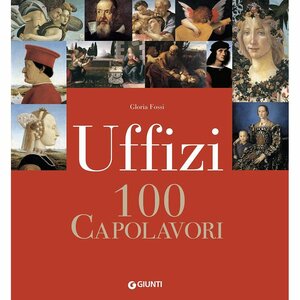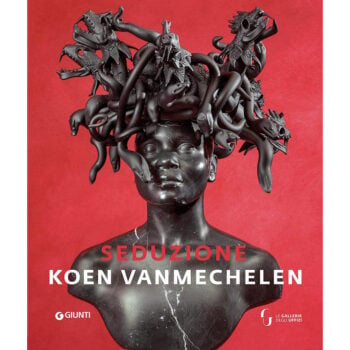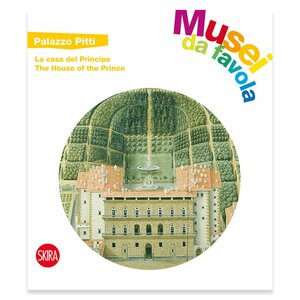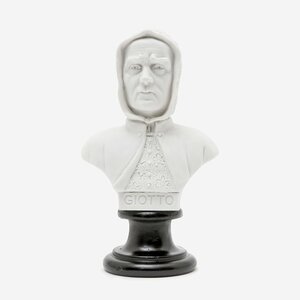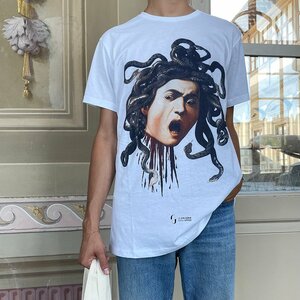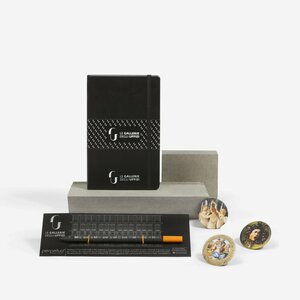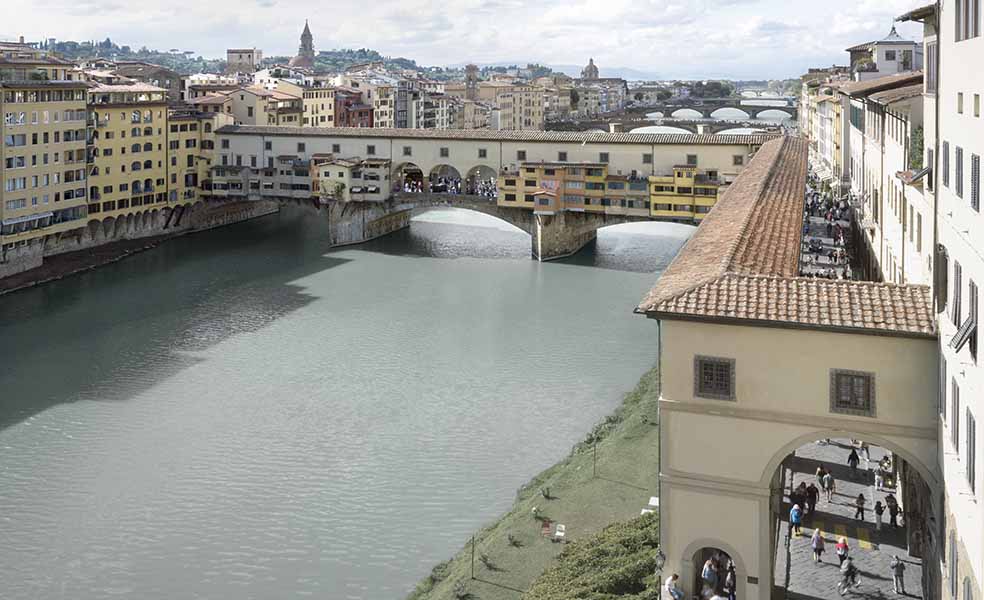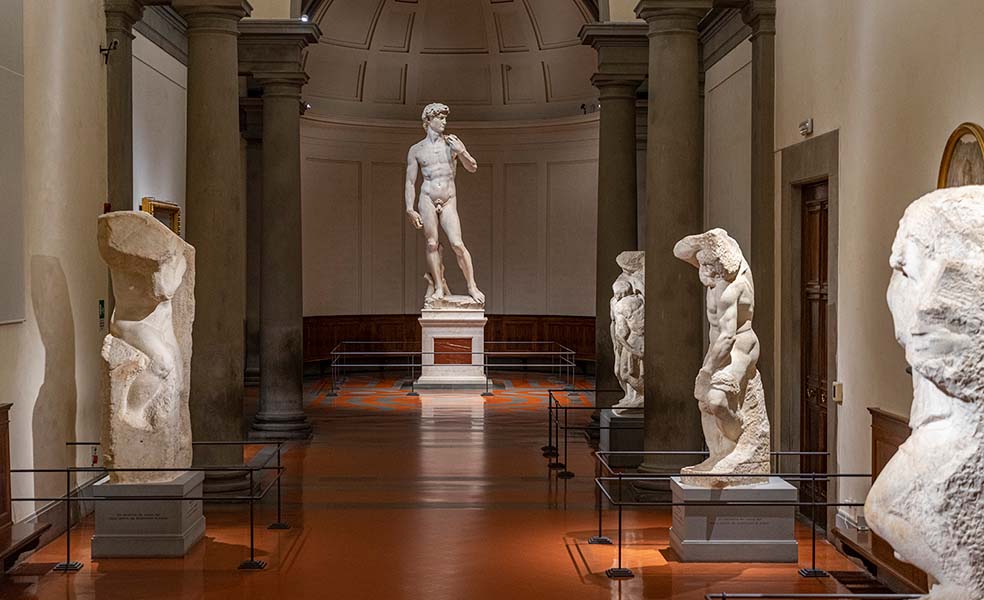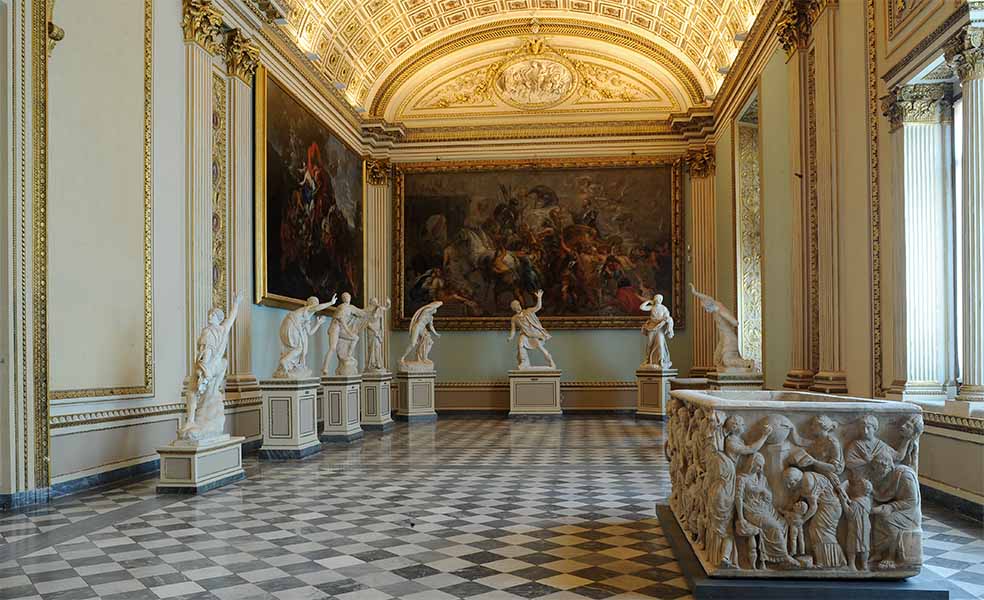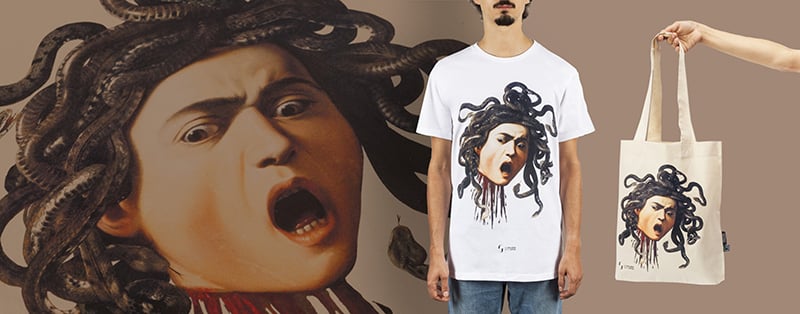Home / Museums / Giardino di Boboli
Giardino di Boboli
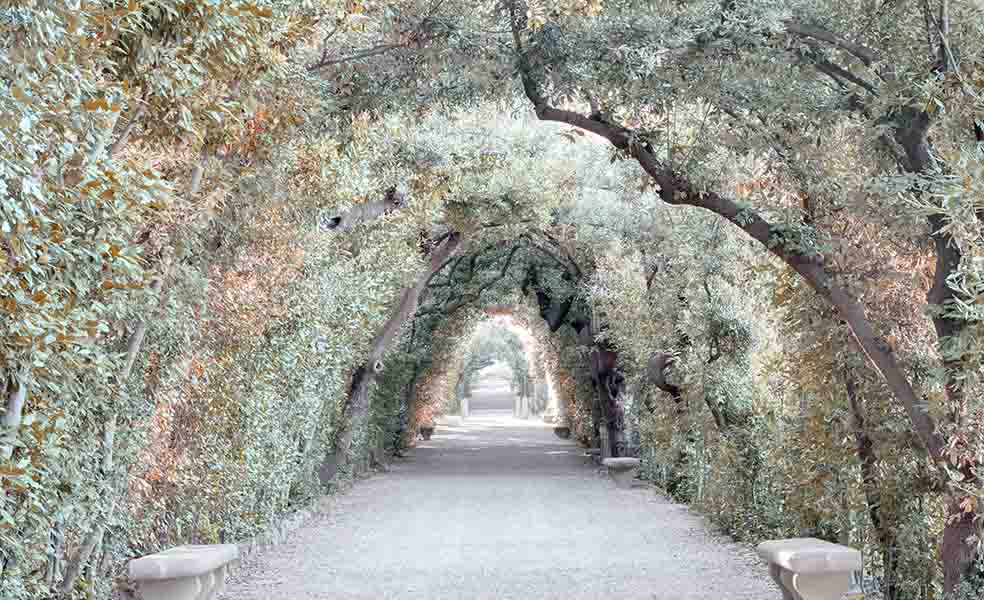
The garden
On the hill that stretches behind the Pitti Palace and reaches as far as Porta Romana is the splendid Boboli Gardens, the historical park of the palace of the Grand Dukes of Tuscany. Its history, transformation and development are all closely linked to the fate of the dynasties that have inhabited the Palace since 1550. Today, it represents one of the most exquisite examples of an Italian garden and, with its tree-lined avenues, scented paths, pools with water features, artificial grottoes and fragrant orchards, it is considered a veritable open-air museum, perfect for those who want to lose themselves in its foliage and architecture.
Inside we find structures such as the Amphitheatre, inaugurated for the wedding of Ferdinando II de’Medici in 1637; the splendid Grotta del Buontalenti, a Mannerist jewel decorated with frescoes, mosaics and marble sculptures; and the Vasca dell’Isola, a large pool enclosing an artificial island with a garden and fountain. The Boboli Garden is the natural continuation of the Pitti Palace, its flagship, and allows visitors to fully immerse themselves in the life of the Medici court.
The artworks
Architecture and landscape
- The Garden of the Camellias, 1688c., Giacinto Maria and Biagio Marmi
- Knight’s Building and Rampart (Palazzina e Bastione del Cavaliere), 1527-1530, with modifications until the 18th century, Giuseppe del Rosso (1760-1831) and others
- Buontalenti Grotto, 1557-1587, Giorgio Vasari (1511-1574), Bernardo Buontalenti (1531-1608), Baccio Bandinelli (1493-1560), Vincenzo de’ Rossi (1525-1587), Giambologna (1529-1608)
- Boboli Amphitheatre, 1551 c. (arrangement); 1630-1634 (architecture), Niccolò Pericoli, detto il Tribolo (arrangement); Giulio Parigi (architecture)
- Ganimede Garden, 1770-80ca, Zanobi del Rosso (1724-1798 ) Giovanni Battista Lorenzi (1528 circa-1594)
- The Garden of the Royal Stables
- Adamo and Eva Grotto, 1817, Giuseppe Cacialli (1770-1828)
- Madama Grotto, Davide Fortini (? – 1590)
- The Upper Botanical Garden (Botanica Superiore)
- Kaffeehaus, 1774-85, Zanobi del Rosso (architecture) and Giuseppe del Moro, Giuliano Traballesi and Pasquale Micheli (interior design)
- Lemon house, 1777-78; 1816, Zanobi del Rosso; Giuseppe Cacialli
Botany
- Roses: Rosa Viridiflora; Rosa Blue Magenta; Citrus Medica Florentina; Rosa Banksiae Alba Plena; Rosa Banksiae Lutea; Rosa Albertine; Rosa Awakening; Rosa Baron Girod de l’Ain; Rosa Blarii n°2; Rosa Blush Noisette; Rosa Buff Beauty; Rosa Alba Incarnata; Rosa Centifolia Muscosa Cristata Rosa Clementina Carbonieri; Rosa Damascena Madame Hardy; Rosa Fiocco Bianco; Rosa Gallica Officinalis; Rosa Débutante; Rosa Gallica Versicolor; Rosa Louis XIV; Rosa Old Blush; Rosa Slater’s Crimson China; Rosa Souvenir de la Malmaison; Rosa Tuscany Superb; Rosa Variegata di Bologna
- Citrus Aurantifolia Neapolitanum; Anemone; Cicas Revoluta; Citrus Limon Mellarosa; Crocus Sativus; Helianthus Multiflorus; Ibiscus; Jasminum Sambac
- Orchids: Orchidea – Genere Anacamptis; Orchidea – Genere Cephalanthera; Orchidea – Genere Orchis; Orchidea – Genere Spiranthes
- Palms: Palma – Archontophoenix alexandrae; Palma – Arenga engleri; Palma – Bismarckia nobilis; Palma – Butia capitata; Palma – Chamaeropsis humilis; Palma – Sabal Causarium; Palma – Thrinax parviflora; Palma – Trachycarpus fortunei; Palma – Washingtonia Filifera
Sculptures and fountains
- Augustus, Head first quarter 1st century A.D., body mid 2nd century A.D, Roman Art
- Statue of a barbarian prisoner (Dace capillatus o comatus), First quarter of the 2nd century A.D, Roman Art
- Dionysus with herma, Second century A.D., Roman Art
- Barbarian Prisoner Base (called comatus), Mid 3rd century A.D. (240/260 A.D.), Roman Art
- Jupiter seated, 1547 – 1548 c., Baccio Bandinelli (1493 – 1560)
- Apollo, 1548, Baccio Bandinelli (1493-1560) and his workshop
- Cerere, 1548-58, Baccio Bandinelli (1493-1560) and his workshop
- The Peasant and his Barrel, 1554 – 57, Giovanni di Paolo Fancelli first decade of the 16th century – 1586) from Baccio Bandinelli (1493-1560)
- Helen and Theseus, 1558-1560 circa, Vincenzo de’ Rossi (1525-1587)
- Bathing Venus, 1572-1584, Giambologna (1529-1608)
- Three statues of Grotesque figures or Caramogi, 1617-1621 circa, Romolo Ferrucci said Romolo del Tadda (1544-1621)
- Artichoke Fountain, 1639 – 1642, Giovan Francesco Susini (1585 circa-1653) and collaborators
- Gioco della Pentolaccia, 1778-1780 ca., Giovanni Battista Capezzuoli (documented 1755-1800)
- Gioco della Civetta, 1799-1800, Bartolomeo Rossi, Fabrizio Farina, Giovanni Battista Capezzuoli (documented 1755-1800)
- Tindaro screpolato, 1997, Igor Mitoraj (1944-2014)
Photo: Francesco Jodice, Florence, Giardino di Boboli, #005, 2024. By permission of MiC – The Uffizi Galleries. Courtesy of Orbital Cultura.
Monday to Sunday, from 8.15 am to
4:30 pm in January, February, November, December
5:30 pm in March and October (with Standard Time)
6:30 pm in March, April, May, September, October (with Daylight Savings Time)
7:10 pm in June, July and August
First and last Monday of the month; 1 January; 25 December.
1-2 hours
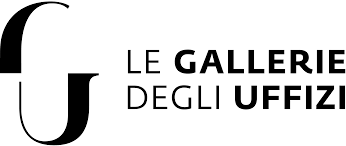
Books and guides
-
-
-
Books and guides
Seduzione. Koen Vanmechelen
-
Merchandise
Related museums
From €12,00
The birth of the Gallery dates back to 1784, when the Grand Duke of Tuscany Pietro Leopoldo reorganised the ancient Accademia delle Arti del Disegno, founded in 1563 by Cosimo I de’ Medici, into the modern Accademia di Belle Arti. The new institution was to house a collection of ancient and modern paintings and sculptures in order to facilitate knowledge and study for the Academy’s young students.
Average visit time:
1-2 hours


